
Google still puts on a strong face, but all the news coming from the company’s Stadia gaming division is disheartening. Stadia’s sluggish acquisition of new games has led to similarly stagnant subscriber numbers, but Google might have a secret weapon to boost adoption: Windows. There are hints that Google could unveil a Windows compatibility layer for Stadia at its , which could make it a snap to port games to Stadia. Like other cloud gaming platforms, does all the heavy lifting on the server side. Video of the game being played is streamed to players after it is rendered, and their control inputs are sent back to the cloud.
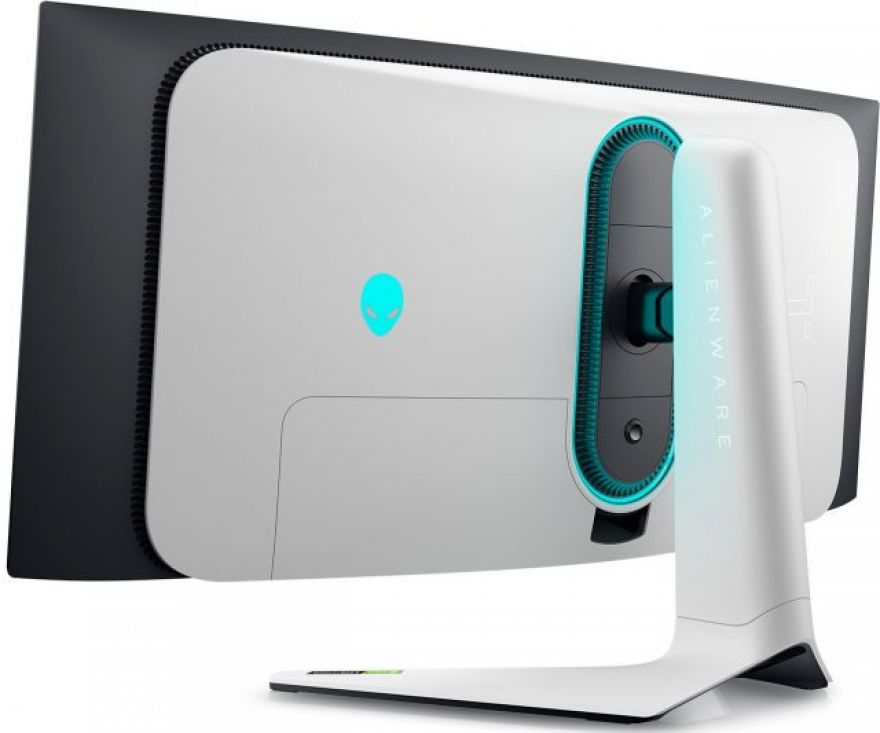
Alienware’s groundbreaking AW3423DW QD-OLED gaming monitor sent shockwaves through the gaming industry when it was announced at CES this year as the first OLED-based gaming monitor for desktop PC gamers. On paper, and in-person at the show, it seemed like the ultimate “godmode” gaming monitor, delivering every single feature a gamer could want while instantly making our current LCD monitors seem old fashioned in comparison. Though many people (including ourselves) speculated at the time that the Alienware monitor would surely come with a price tag high enough to cross it off most people’s shopping lists, the company surprised everyone in February by announcing its MSRP was only $1,299.

(Photo: Steven Weeks/Unsplash)If you watched the Disney heartwarmer Up and found yourself wishing we actually had devices that could translate animal sounds, you’re in for a treat. Researchers in Denmark have found a way to use AI to infer how pigs are feeling based on the sounds they make. Dr. Elodie Briefer, an expert in animal communication at the University of Copenhagen, co-led a team of scientists in the creation of an algorithm that can “decode” pig grunts and squeals. Briefer’s team began by collecting 7,414 high-frequency and low-frequency calls from 411 pigs across a variety of contexts, from birth to slaughter.
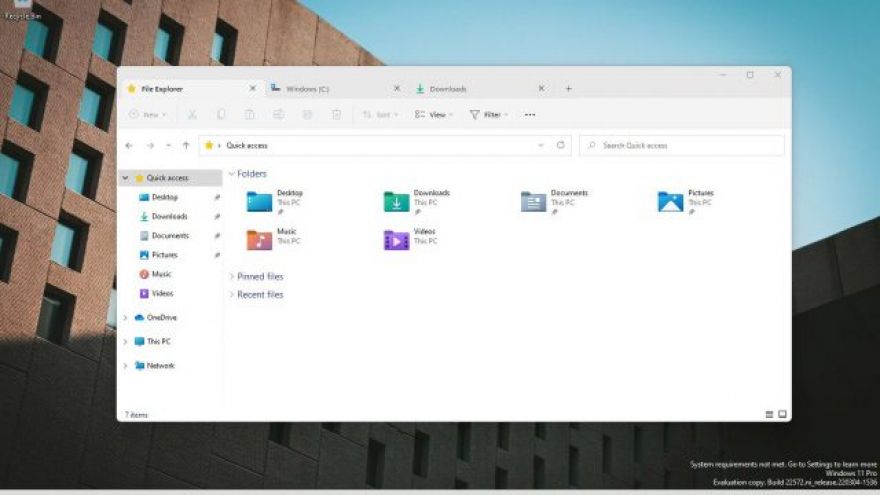
(Photo: )Microsoft certainly has a list of suggestions for Windows 10/11 sent in by its users that’s as long as a CVS receipt, if not longer, and so far the company has been regularly experimenting with a lot of new features by adding them to its preview builds for Windows Insider members. One of the top suggestions on that list for many years now has been a feature thats been available to macOS users since 2013; tabs in Windows Explorer. This feature allows you to move or copy files from various directories all from a single Explorer window, instead of the current situation where you need a separate Explorer window open for every distinct file location, notwithstanding dragging it to a folder in the side pane.

(Photo: Fili Santillán/Unsplash)Right-to-repair is becoming more of a widespread priority, and for good reason. Consumers are finally fighting for their right to keep the smartphones, farming equipment, and life-sustaining medical devices they’ve purchased in working condition without shelling out money to the manufacturer or being forced to buy a whole new device. With this in mind, it isn’t a good look that Apple, Microsoft, and Google have each been graded poorly on a new repairability scale. In typical European fashion, France has led the charge in clarifying for consumers which products are easily repaired and which ones aren’t. The country recently began requiring manufacturers to determine and publish a based on ease of disassembly, price and availability of spare parts, and access to repair information.

Today, a mere ten bucks per month gets you access to almost all the music in the world, provided you’re not too picky about audio quality. Go back 20 years, and there was no such option. This was the heyday of music file-sharing, and Limewire was one of the big names in that space. The service was shuttered in 2010 following a court battle, but now it’s back. It won’t be a file-sharing network anymore, though. The new Limewire will instead . Welcome to 2022. Limewire operated similarly to Napster and other platforms of the early 2000s. A centralized server connected Limewire users to each other, allowing them to share their digital media collections.
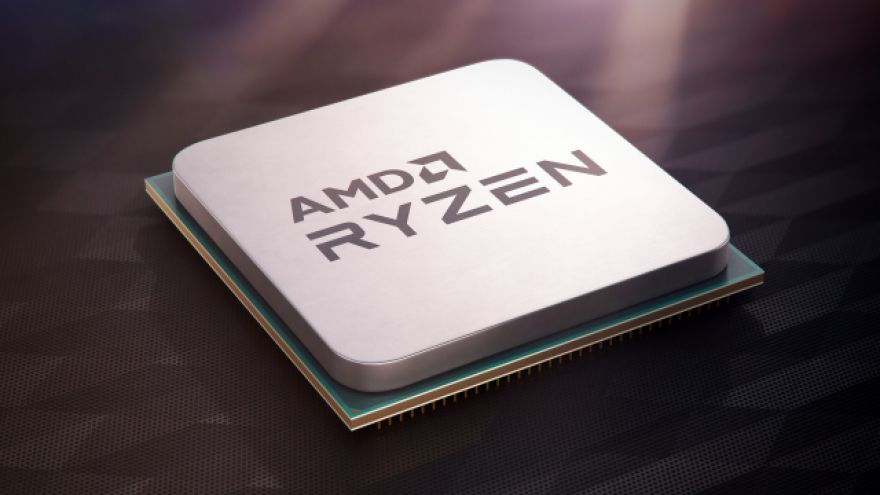
In a surprising turn of events, AMD might not allow any overclocking on its soon-to-launch Ryzen 7 5800X3D CPU. This is AMD’s first consumer CPU with a huge 64MB chunk of on-die 3D L3 cache. This gives the CPU a total of 96MB of L3 including the 32MB included in the base chiplet. Though no official explanation has been given, Techpowerup has confirmed the situation via its own sources. It’s not clear if this is a final decision, but the CPU is close to launch. It’s late in the game for a UEFI modification like this to be a temporary measure.
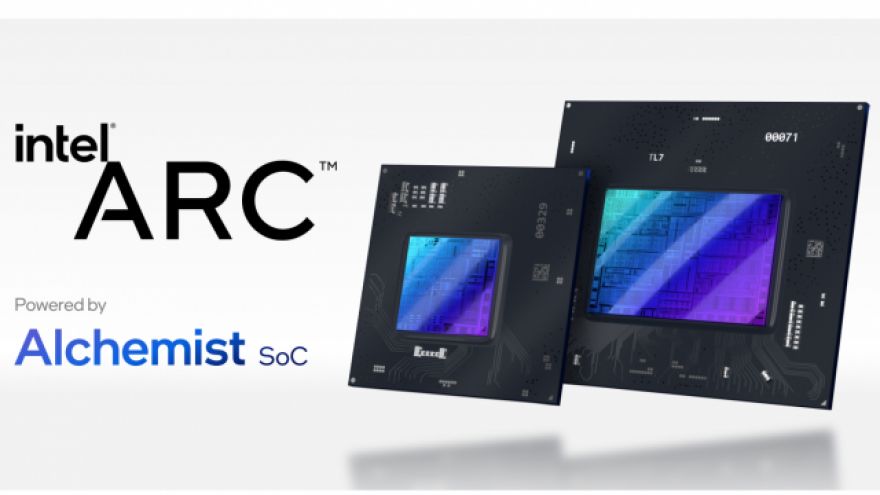
The upcoming launch of Intel’s Arc Alchemist GPUs seems to have turned into something of a soap opera as of late with unexplained delays and not much information on the company’s launch schedule. At CES the company announced the launch would be happening in Q1. A few weeks later, it delayed the launch to Q2. It now appears there’s a glimmer of light on the horizon. Recent reporting concludes the first batch of Arc GPUs are indeed coming soon, possibly between May and June of 2022. According to , Intel suffered a setback that delayed bringing high performance variants of its Arc GPUs (codenamed Alchemist) to market.
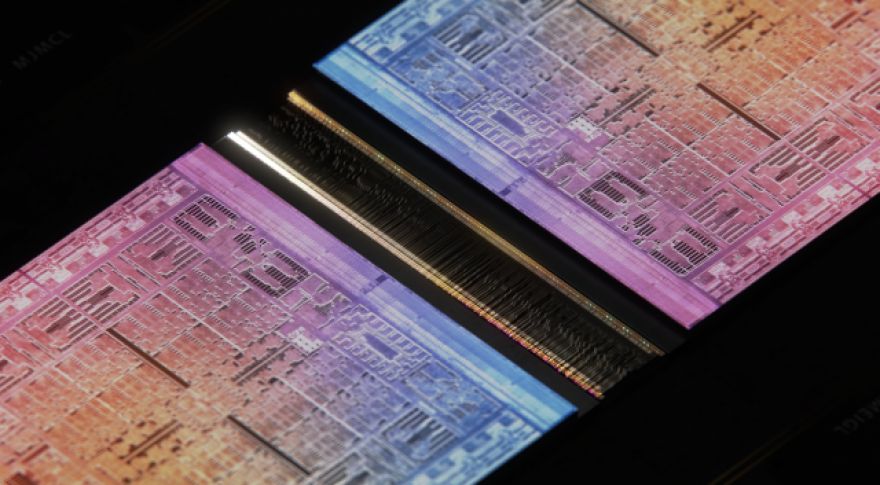
Apple’s new M1 Ultra SoC, announced yesterday, appears to be a genuine breakthrough. The new M1 Ultra is made from two M1 Max chips and features a new GPU integration approach not seen in-market before. While the SoC contains two GPUs — one per M1 Max — games and applications running on an Apple M1 Ultra see a single GPU. During its unveil, Apple acknowledged that the M1 Max SoC has a feature the company didn’t disclose last year. From the beginning, the M1 Max was designed to support a high-speed interconnect via silicon interposer. According to Apple, this inter-chip network, dubbed UltraFusion, can provide 2.5TB/s of low-latency bandwidth.









